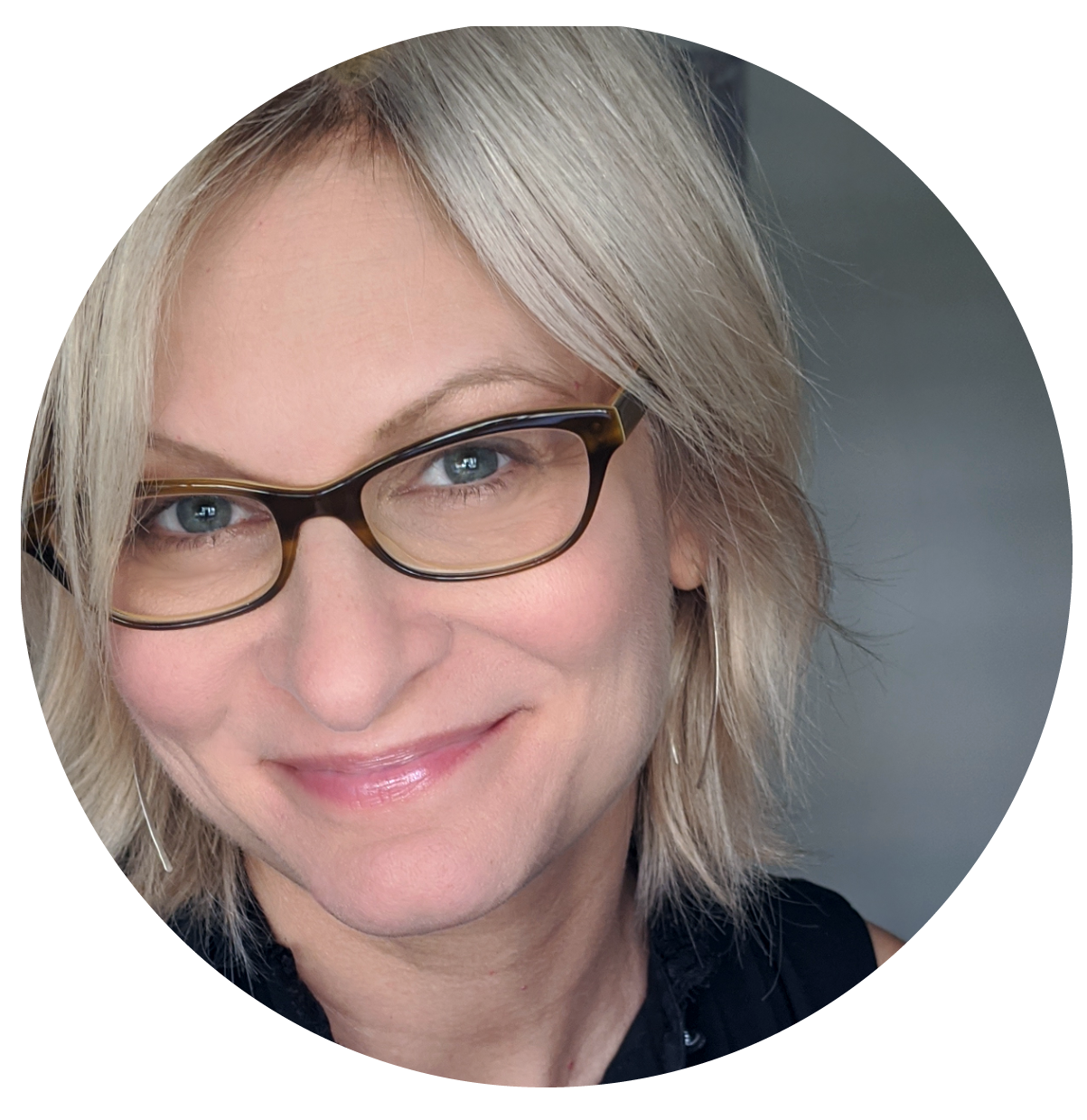What's black and white and gray all over? Hopefully, your thought process.
The election results underscored the extreme divide we're facing in our united states. If we zoom in, we also discover that the same polar opposites exist in our own households, families, and communities. Neither side can understand the other, and each side feels strongly that they are on the right, or should I say, correct side. How could that be?
If you ask anyone passionate about the election results, you'll hear a lot of name-calling and similar arguments about one another. Things such as, "she's a liar" or "he's racist," along with, "the scariest thing is that [presidential candidate]'s supporters don't even care." Before you experience post-election PTSD, I should tell you that this is NOT going to be another blog about the election added to the pile; I'm just hoping to shed light on the shaded area between the black and white points of view.
Firstly, let's talk about how we name-call or label. If your neighbor cheated on his wife, is he a cheater or a person who cheats? If you've caught your co-worker in lies here and there, is she a liar, or a person who lies? If you think in terms of black and white, one's a cheater, the other, a liar. What if your friend is a great listener and always there for you when you need her, but she has also forgotten your birthday and happens to binge drink. Is she a drunk? A great friend? A bad friend? Someone you can really lean on? How would you label her? It's complicated, isn't it?
Let's take it even further. If your sister has been emotionally and physically abused by her partner, is her partner a horrible, abusive person? What if your sister's partner had been emotionally and physically abused as a child? Is her partner also victim? How can he be both?
I'm asking a lot of questions with the hope that you will do the same. Can something be both black and white? Some of us feel very strongly that nothing can be black and white at the same time. Consider your own life for a moment. Have you ever lied? Have you ever treated someone poorly or snapped at your kids when you were feeling frustrated? Did you ever find yourself judging someone based on the color of their skin? If you answered yes to any of these, are you a lying, abusive racist, or are you just a human being? It's complicated. It's not black. It's not white. It's both. It's gray.
How often has someone tried to get you to see their side, located in a more complex, gray area, but you refuse to budge? It sounds familiar, doesn't it. Well, you're not alone. Like many of us, you're the one who who allows only some information to fit into your belief system and values, and discards whatever doesn't fit neatly into your point-of-view. Don't be too mad at yourself. It's gray. If you're willing to see the gray area, you'll be closer to bridging the divide between you and those around you with opposing arguments. If not, you'll continue to unfollow or delete your friends on facebook.
Ignoring the gray simplifies life, but it does little to help us understand each other's complexities. Whether it's a scarlet letter, a varsity jacket, or a dunce cap, to label ourselves (and others) as one thing or another instead of acknowledging we are one thing and another simply perpetuates black and white thinking. Maybe instead, we can love and hate someone at the same time. Maybe we can have empathy for an abusive person who was also a victim of abuse. Maybe we can forgive someone who hurt us.
Why are we often unable to see or acknowledge the gray area? I think it has to do with how we see ourselves: We have a fragile self-image, always in need of preserving. We throw stones at others because it's easier than allowing the possibility that we're not that different from those in neighboring glass houses. It's much easier to vilify others than to look at ourselves in the mirror. It's also easier to hang on to our long-held notions and beliefs than it is to acknowledge that life is a complex set of circumstances and not simply defined as black or white.
If you've read this far, and you're still going to stick with your black or white filter, ignoring all the gray area, what might you be missing? Since we're talking filters, consider instagram. There are over a dozen filters to choose from to make your bland picture pop or be dramatic. Every so often, you end up with a perfect, #nofilter picture that you're very clearly proud of as you add the hashtag. Why are you so proud? Because your snapshot gave your viewers a glimpse of something real. The object of your no-filter photo is typically something beautiful. But, not everything real is as beautiful as a beach scene on a clear day. Sometimes real is ugly, dark, flawed, and painful. And sometimes, it's both ugly and beautiful. It's gray. And the only way to see it is to remove your #filter.
The next time you argue over politics, judge someone because of their actions, or simply refuse to allow the possibility that another perspective could be just as reliable as your own, I hope you consider adjusting your settings to grayscale and removing your filter.
You might also like: Can't we all just get along? Apparently not.


